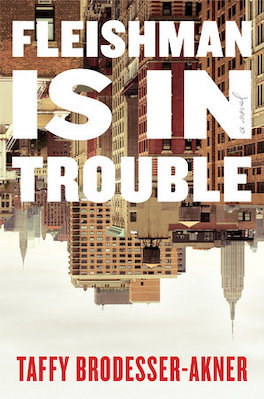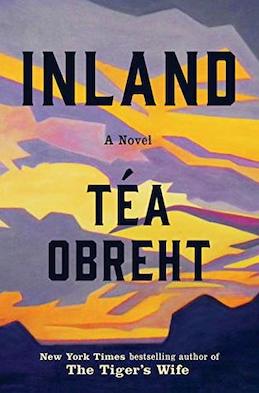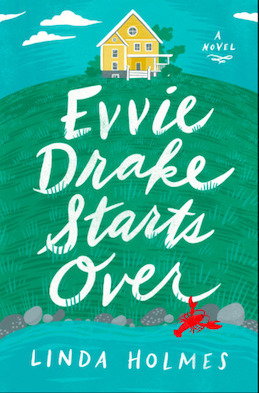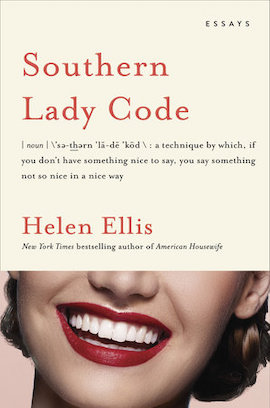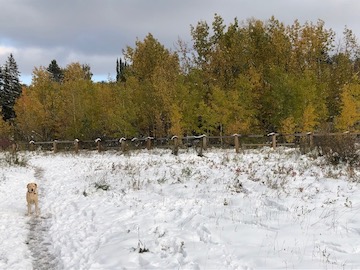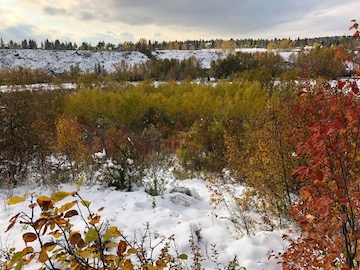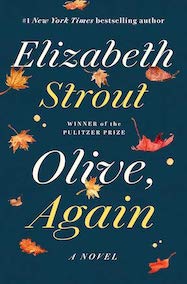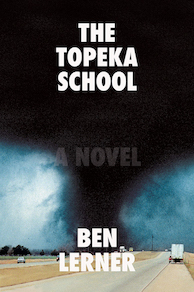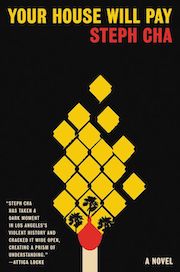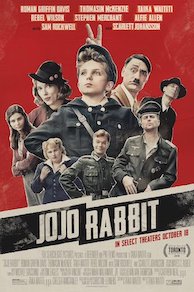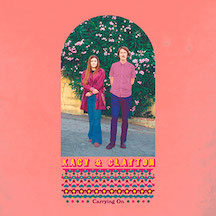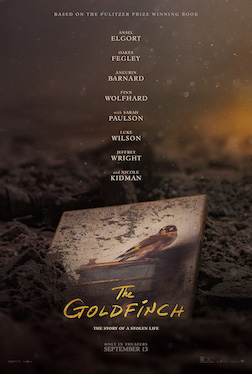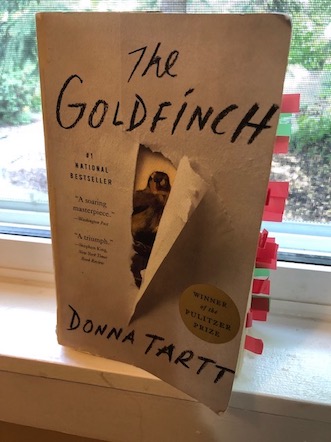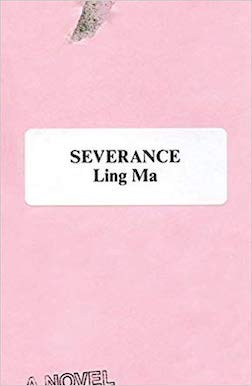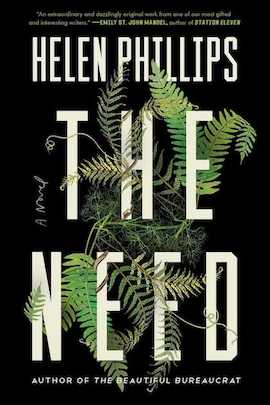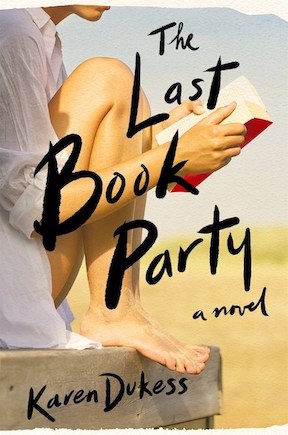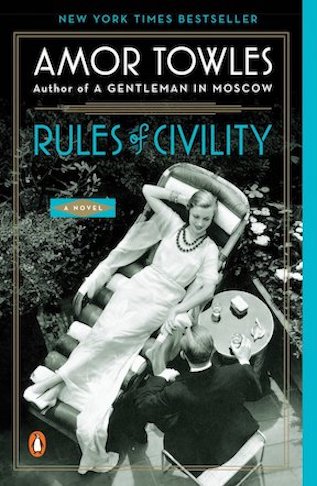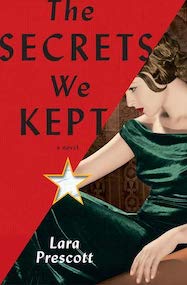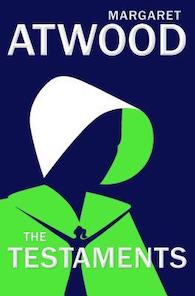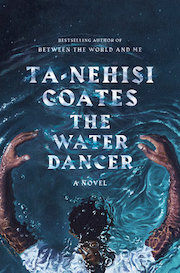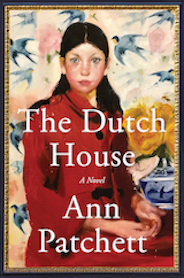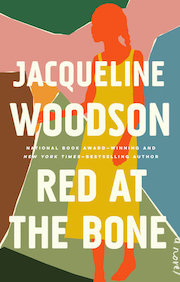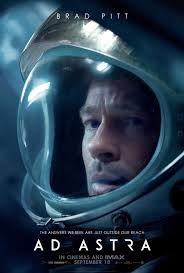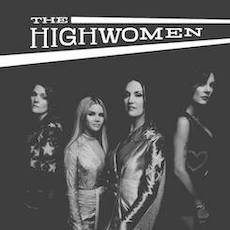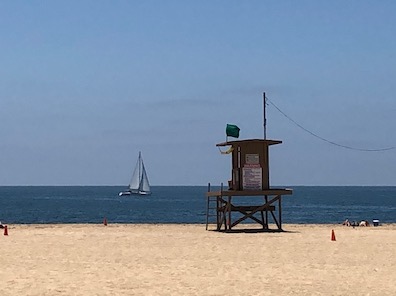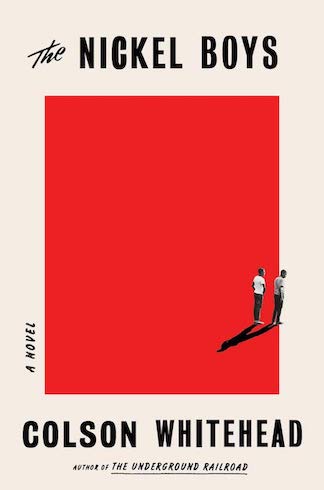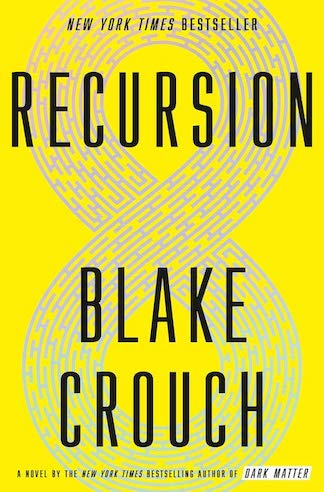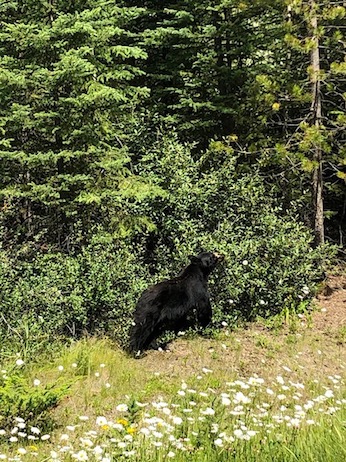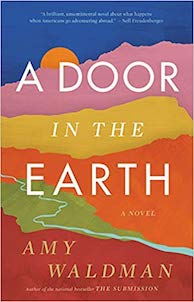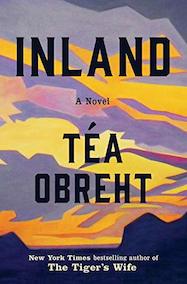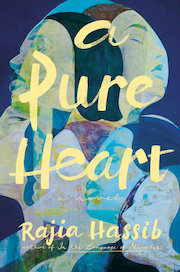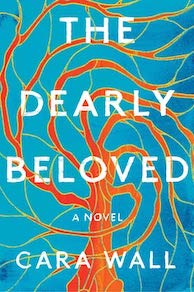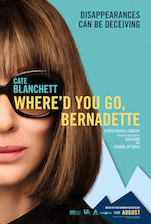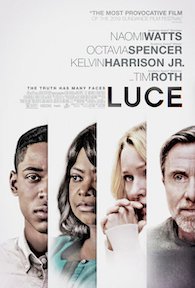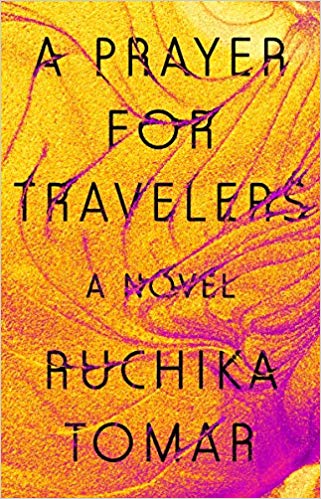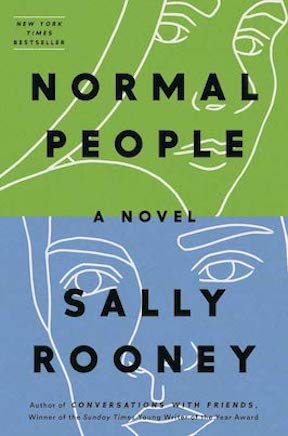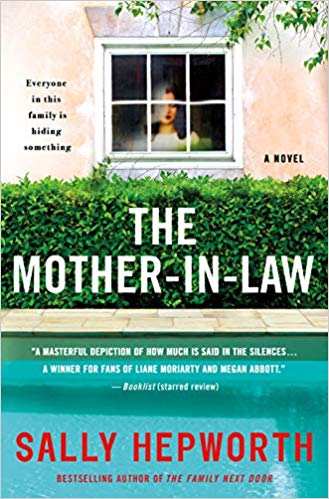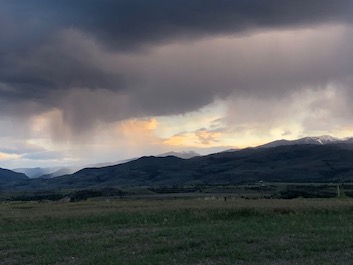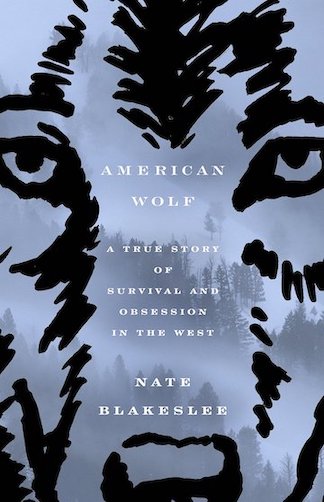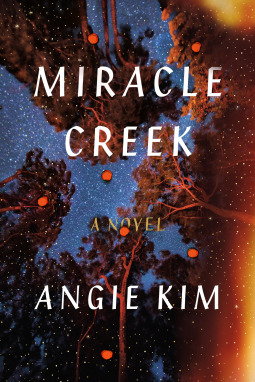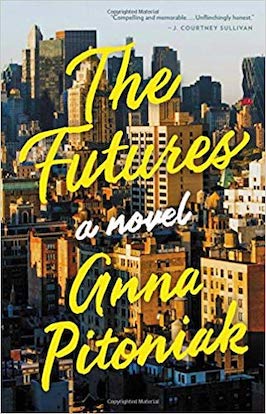
Oh October has been busy and flown by. Luckily as a remedy to all the jarring political news going on these days … I’ve been attending our city’s annual book festival over the past week called The Imaginarium (put on by Wordfest), and I’ve enjoyed seeing and hearing from so many authors. It turns out in seven days, I’ve been to 10 separate author panel events (some at our Central Library pictured here) and listened to 25 authors. Some panels have been about fiction and dystopia, others about memoir, and still others about history, essays and criticism. Sitting in on these has been quite inspiring and creative to hear, and I guess I feel that supporting the annual festival is important.

Perhaps one of the more lively panels I went to was one called Not So Quiet Resistance, which featured books not uncommon to the #MeToo era. Such authors on hand were Mona Awad with her novel “Bunny,” Leni Zumas with “Red Clocks,” Joanne Ramos with “The Farm,” and E. Jean Carroll with her memoir “What Do We Need Men For?: A Modest Proposal.” They all appeared quite sharp and read interesting passages from their books, which I still hope to get to. Two of the novels — “The Farm” and “Red Clocks” — are reproductive/surrogacy, dystopian-type novels made all the more chilling for their not too far-off realness. And Mona Awad’s novel “Bunny” definitely sounds strange — a grad school novel about a clique of rich girls, known as the Bunnies, who lure in an outsider named Samantha with deadly consequences. It seems both sinister and darkly funny. The author says she reeled off the novel’s first draft in three months time (so you can write one too!). I guess I’ve read a couple bloggers say they didn’t make it through “Bunny” … but I like that it’s depicted as “Mean Girls” meets “Heathers” — or something like that, which seems like a decadently crazy combination.
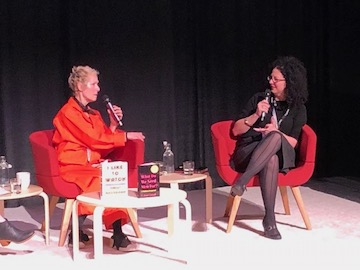
As for author E. Jean Carroll, a longtime advice columnist at Elle, she was also featured at an event with Emily Nussbaum, the Pulitzer Prize-winning TV critic at the New Yorker. I didn’t know much about Nussbaum or Carroll beforehand — though Carroll’s rape accusation against Donald Trump is certainly one I had heard. She’s a hoot in public and quite a feminist cheerleader for the #MeToo movement. The interview and discussion with E. Jean Carroll and Emily Nussbaum (pictured here) on everything from their books, to TV shows, and current life made for quite the entertaining evening … funny, raucous, and thought-provoking too.
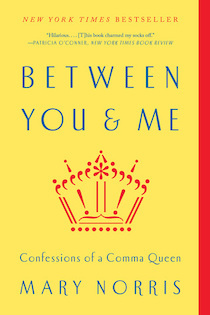
Next at the festival, I was also pleased to sit in on a workshop with grammar guru Mary Norris, who was a copy editor and proofreader at the New Yorker for several decades. As a former copy editor myself, I sort of liken Norris to a hero and enjoyed her first memoir called “Between You & Me: Confessions of a Comma Queen,” which came out in 2016 and was a funny ode to the correct way of punctuating and writing. She has a new one out now called “Greek to Me: Adventures of the Comma Queen” about her passion of all things Greek. What was cool in the workshop was that she had printed out worksheets for our gathering to go over of published news articles that had errors in them that we had to find and correct. Ohh it was good fun and took me back to the days of yore. It’s always good to refresh one’s understandings of grammar rules and usage … especially when I often find mistakes creeping into my own writing. Who doesn’t?

Lastly it was great to hear from a combination of big well-known authors — such as Emma Donoghue, known for her book “Room” among others, Michael Crummey for “Sweetland” among others, and Stephen Chbosky, who wrote “The Perks of Being a Wallflower” — with lesser-known or debut authors. I must say those big three were very well spoken. I really liked “Sweetland,” so Crummey, who I’ve heard interviewed in person before, is always a treat. He’s got a new one out — “The Innocents” — which I plan to get to soon. And Stephen Chbosky, pictured with me here, couldn’t have been nicer at his event. His new novel “Imaginary Friend” seems very long but worth checking out. Stephen’s been in the film industry as a screenwriter and producer for a long time — he recently adapted the screenplay for the movie “Wonder” and said he wrote his new novel over a period of 10 years. You might recall he also wrote and adapted his bestselling first novel “The Perks of Being a Wallflower” to the big screen, which was excellent in both forms.
That’s all for now. Though I didn’t even talk about Margaret Atwood and Bernardine Evaristo both winning the Booker Prize recently, or Polish author Olga Tokarczuk and Austrian author Peter Handke winning Nobel Prizes for Literature for their works. Have you read them? Atwood’s books are familiar to me, but I’d like to explore the others’ books too, so I’ll toss them onto my ever-growing TBR heap. In signing off, I’d like to just list the authors with their latest books who I saw at various events at the book festival. Many are Canadian with a sprinkling of other nationalities. Have you read or met them? And if so, what did you think?
Anar Ali (Canadian) / “Night of Power” (novel)
E. Jean Carroll (American) / “What Do We Need Men For? A Modest Proposal” / (memoir)
Lynn Coady (Canadian) /“Watching You Without Me” (novel)
Michael Crummey (Canadian) /“The Innocents” (novel)
Emma Donoghue (Irish-Canadian)/ “Akin” (novel)
Dave Hill (American) / “Parking the Moose” (nonfiction, humor)
Nazanine Hozar (Iranian-Canadian)/“Aria” (novel)
Anosh Irani (Indo-Canadian) /“Translated from the Gibberish: Seven Stories & One Half Truth”
Amy Jones (Canadian) / “Every Little Piece of Me” / (novel)
Naomi K. Lewis (Canadian) / “Tiny Lights for Travellers” / (memoir)
Ami McKay (Canadian) / “Daughter of Family G” / (memoir)
Susin Nielsen (Canadian) / “No Fixed Address” / YA & children’s author
Mary Norris (American) / “Greek to Me: Adventures of the Comma Queen” (memoir/nonfiction)
Emily Nussbaum (American) / “I Like to Watch : Arguing My Way Through the Television Revolution” / (nonfiction, criticism)
Sara Peters (Canadian) / “I Become a Delight to My Enemies”
Ruby Porter (New Zealand author) / “Attraction” (novel)
Anakana Schofield (Irish-Canadian) / “Bina” / (novel)
Tom Lanoye (Belgian) / “Slaves to Fortune” / “Speechless” (novels)
Joanne Ramos (Filipino-American)/ “The Farm” (novel)
Mona Awad (Canadian) / “Bunny” (novel)
Jesse Thistle (Métis-Cree, Canadian) / “From the Ashes” / (memoir)
Ayelet Tsabari (Israeli-Canadian) /“The Art of Leaving” / (memoir)
Leni Zumas (American) / “Red Clocks” (novel)
Linden MacIntyre (Canadian) / “The Wake: The Deadly Legacy of a New Foundland Tsunami” / (memoir)
Stephen Chbosky (American ) / “Imaginary Friend” (novel)


